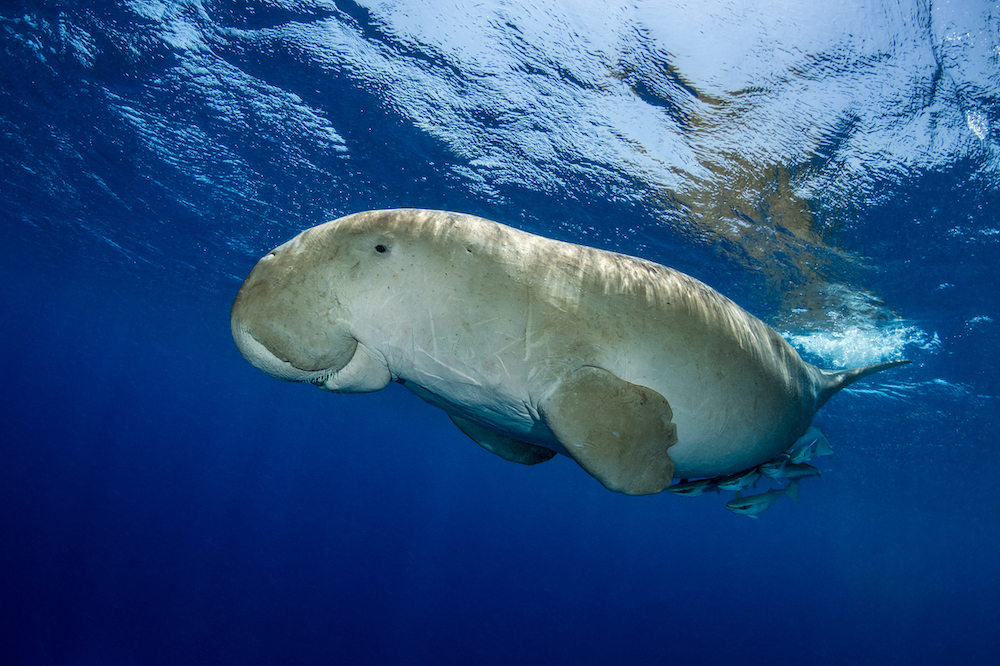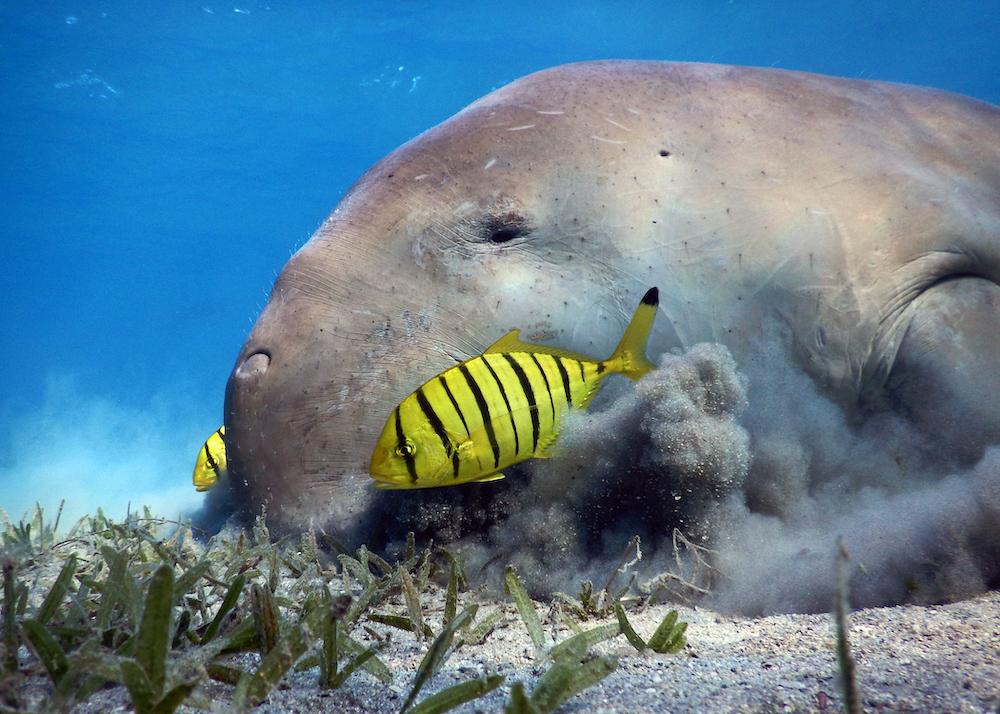Dugongs declared ‘functionally extinct’ in China

The dugong, a gentle marine mammal related to the manatee, has become functionally extinct in Chinese waters, a new study conducted by the Zoological Society of London (ZSL) and the Chinese Academy of Sciences has found.
Dugongs inhabit coastal waters of 37 tropical and subtropical countries from East Africa to Vanuatu, and as far north as the southwestern islands of Japan. They have been documented in Chinese waters for several hundred years, mainly recorded in shallow waters with abundant seagrass beds.
Scientists conducting the study had previously reviewed all historical records on where dugongs had been found in China and discovered there had been no verified sightings by scientists since 2000. To address this conservation data gap, a new interview survey to collect local ecological knowledge across the entire historical range of dugongs in mainland Chinese waters was carried out.
The scientists interviewed 788 members of fishing communities along the coastal region of the northern South China Sea (SCS) and it was found there hadn’t been a sighting of a dugong for on average 23 years. Only three people had seen one in the past five years.
This has led the researchers to declare the animal functionally extinct – meaning “it is no longer viable… to sustain itself” Heidi Ma, postdoctoral researcher at ZSL, told the BBC.

According to the study, the species is already listed as ‘globally vulnerable’ by the Union for Conservation of Nature (IUCN) and as a grade 1 national key protected animal since 1988 by the Chinese State Council.
The report states that the IUCN already recognises dugongs as extinct in Taiwan, and based upon the findings, the study recommends that the species’ wider regional status should be reassessed as critically endangered (possibly extinct) across the entirety of Chinese waters.
The near-shore habitats of dugongs overlap highly with the activity area of fishers and other marine resource users, making these gentle giants vulnerable to overfishing, shipping accidents and other human pressures. Researchers believe that the continuing destruction of seagrass beds, from both human activities and climate change, has caused the “rapid population collapse”.
Kristina Gjerde, high-seas policy adviser for the International IUCN, told the BBC: “The dugong is a sad example of what is happening to the marine environment where there is increasing encroachment of human activities.”
The research recommends that further surveys should be conducted across neighbouring regions to confirm the geographical extent of the mammal’s disappearance across the wider SCS, so that efforts to evaluate, conserve and recover the seagrass ecosystem is a conservation priority along with the protection of other marine habitats.
Professor Samuel Turvey of ZSL’s Institute of Zoology, a co-author of the study, said the likely disappearance of dugongs in China was a devastating loss, reports Sky News.
“Their absence will not only have a knock-on effect on ecosystem function, but also serves as a wake-up call – a sobering reminder that extinctions can occur before effective conservation actions are developed,” Turvey says.
The study highlights that immediate and extreme measures are necessary to prevent further extinctions of other keystone species in the wider SCS ecosystem. Improved monitoring is essential to identify species at high risk of extinction and guide regional conservation actions.
The full report can be read on The Royal Society’s website.
These findings follow another study that reports that unless greenhouse gas emissions are drastically curbed, then nearly all marine species ‘face extinction risk’ by the end of the century.










